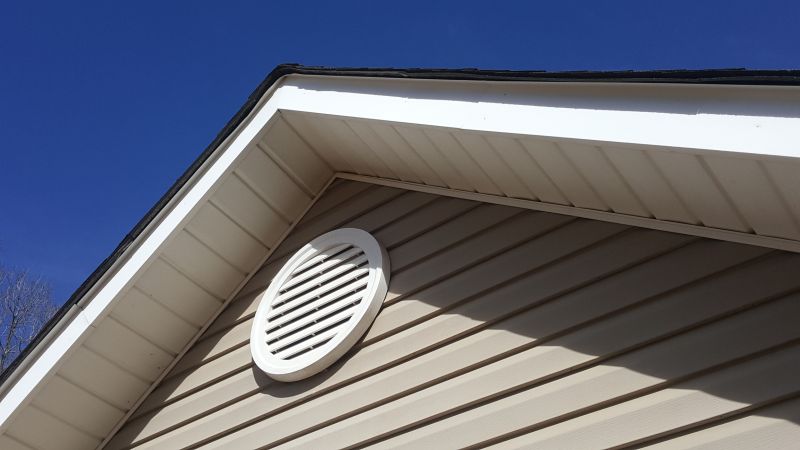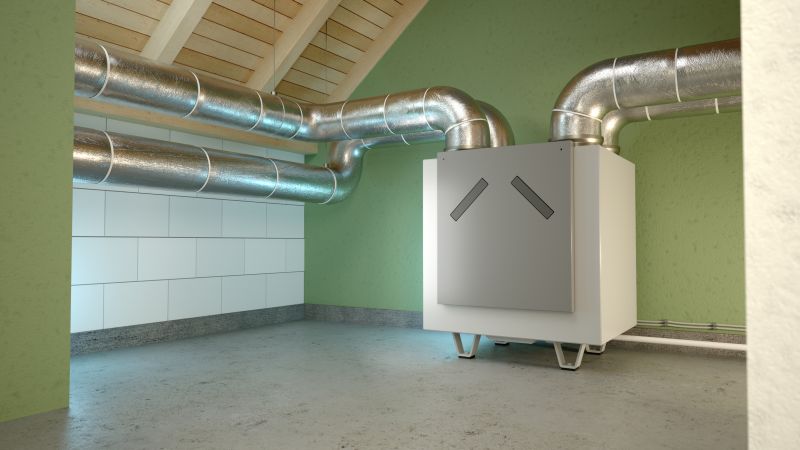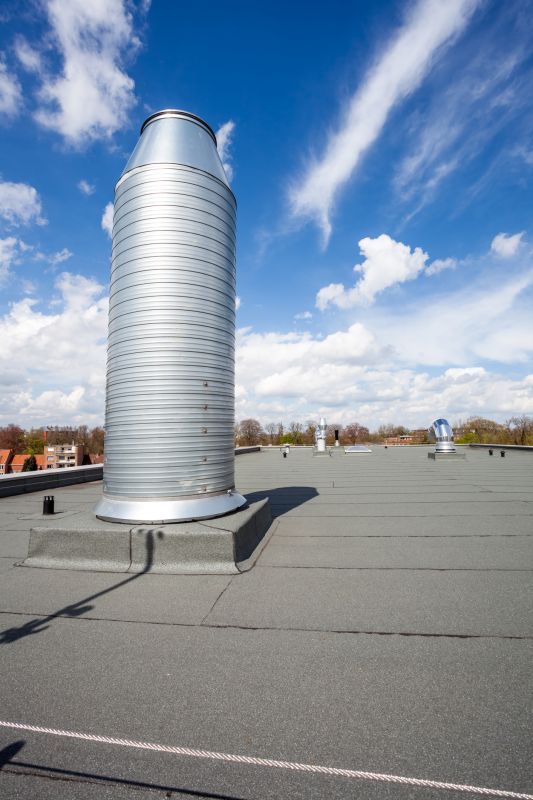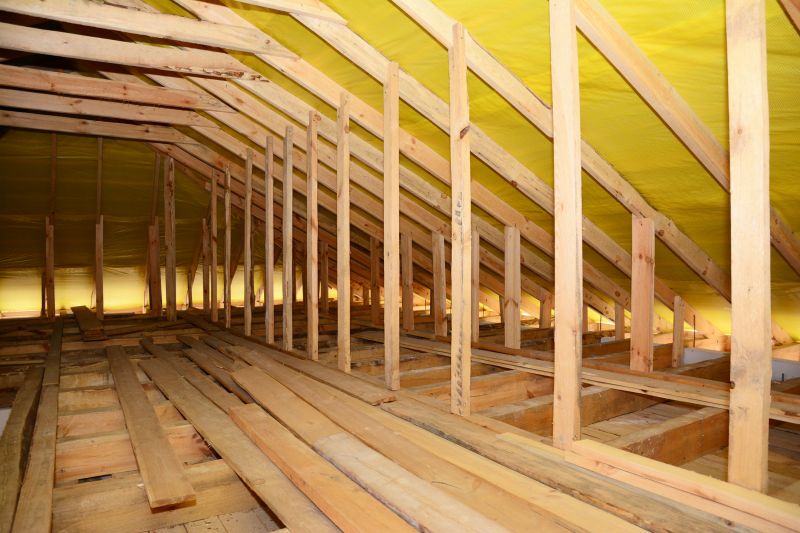Attic Vent Installation Costs

Larger attics require more extensive venting systems, increasing installation costs.

Choosing between ridge vents, soffit vents, or turbine vents affects material and labor costs.

Roof design and accessibility influence installation difficulty and expenses.
| Factor | Impact on Cost |
|---|---|
| Vent Type | Different types vary in material and installation costs |
| Attic Size | Larger spaces require more vents and labor |
| Roof Pitch | Steeper roofs may increase installation complexity |
| Existing Venting | Retrofitting can add to overall expenses |
| Material Quality | Premium materials increase costs |
| Labor Complexity | More complex installations cost more |
| Location | Regional labor and material costs vary |
| Accessibility | Hard-to-reach areas increase labor time |
Additional factors such as regional labor rates and the accessibility of the installation site further influence the final cost. It is essential to consider both material quality and installation complexity to ensure effective ventilation and long-term durability. Budgeting for potential upgrades or modifications during installation can also prevent unexpected expenses later.

Interior vents help regulate airflow and prevent moisture buildup, affecting installation costs.

Placement and type of roof vents influence material and labor costs.

Proper insulation work combined with vent installation can impact overall project costs.
| Service | Average Cost Range |
|---|---|
| Basic Ridge Vent Installation | $300 - $700 |
| Soffit Vent Installation | $200 - $600 |
| Turbine Vent Installation | $250 - $750 |
| Powered Vent Installation | $500 - $1,500 |
| Retrofitting Existing Vents | $400 - $1,200 |
| Attic Fan Installation | $600 - $2,000 |
| Roof Vent Repair | $150 - $500 |
| Venting System Inspection | $100 - $300 |
| Custom Vent Design | $1,000 - $3,000 |
| Complete Ventilation System Upgrade | $2,000 - $5,000 |
